Why should that note be dotted? If the division is 8, that means 8 units represent a quarter note. So 24 represents three quarter notes which in the case of 3/4 time is an entire bar rest.
As for tuplets I was curious about that also. Here is an example taken from the music xml site's tutorial piece 'apres un reve'. This is also in 3/4, with 24 divisions. The time-modification attributes specify the ratio of the tuplet, in this case a triplet of three eight notes.
<time-modification>
<actual-notes>3</actual-notes>
<normal-notes>2</normal-notes>
</time-modification>
The time modification above shows that three eighth notes take the duration that two normally would.
<note default-x="92">
<pitch>
<step>E</step>
<alter>-1</alter>
<octave>5</octave>
</pitch>
<duration>8</duration>
<tie type="stop"/>
<voice>1</voice>
<type>eighth</type>
<time-modification>
<actual-notes>3</actual-notes>
<normal-notes>2</normal-notes>
</time-modification>
<stem default-y="-40">down</stem>
<beam number="1">begin</beam>
<notations>
<tied type="stop"/>
<tuplet bracket="no" number="1" placement="above" type="start"/>
</notations>
</note>
<note default-x="122">
<pitch>
<step>D</step>
<octave>5</octave>
</pitch>
<duration>8</duration>
<voice>1</voice>
<type>eighth</type>
<time-modification>
<actual-notes>3</actual-notes>
<normal-notes>2</normal-notes>
</time-modification>
<stem default-y="-42">down</stem>
<beam number="1">continue</beam>
<lyric default-y="-80" number="1">
<syllabic>single</syllabic>
<text>que</text>
</lyric>
</note>
<note default-x="162">
<pitch>
<step>C</step>
<octave>5</octave>
</pitch>
<duration>8</duration>
<voice>1</voice>
<type>eighth</type>
<time-modification>
<actual-notes>3</actual-notes>
<normal-notes>2</normal-notes>
</time-modification>
<stem default-y="-45">down</stem>
<beam number="1">end</beam>
<notations>
<tuplet number="1" type="stop"/>
</notations>
<lyric default-y="-80" number="1">
<syllabic>begin</syllabic>
<text>char</text>
</lyric>
</note>

